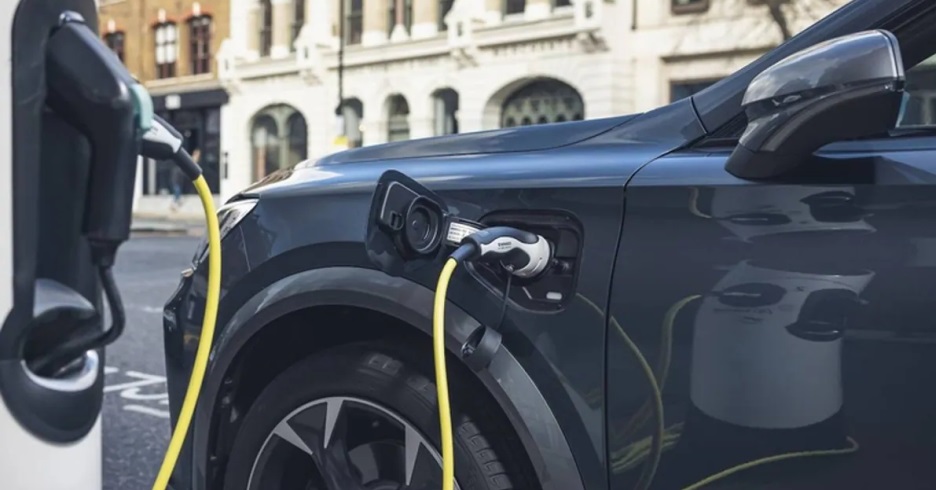The European Union would need eight times more charging points annually by 2030 to meet CO2 emissions reduction targets, as revealed by a study published by the European Automobile Manufacturers’ Association (ACEA).
The report indicates that there is an “alarming” gap between the current availability of public charging points for electric cars and what will be needed in reality to meet the set objectives.
Indeed, according to ACEA, electric car sales in the EU grew three times faster than the installation of charging points between 2017 and 2023.
It is worth mentioning that around 150,000 public charging points were installed across the EU last year, reaching a total of over 630,000.
According to the European Commission, 3.5 million charging points should be installed by 2030.
Achieving this goal would mean installing around 410,000 public charging points per year – nearly 8,000 per week-, almost three times the last annual installation rate.
However, ACEA estimates that 8.8 million charging points will be needed by 2030.
To reach this figure, it would be necessary to install 1.2 million chargers per year (or more than 22,000 per week), eight times the last annual installation rate.
“We need a massive uptake of electric cars in all EU countries to meet Europe’s ambitious CO2 reduction targets. This will not happen without widespread availability of public charging infrastructure across the region,” says Sigrid de Vries, ACEA Secretary General.
De Vries also points out that “this ‘infrastructure gap’ risks widening in the future, to a much greater extent than estimated by the European Commission.”
Therefore, she concludes that “urgent investment in public charging infrastructure is needed if we want to close the infrastructure gap and meet climate targets.”







